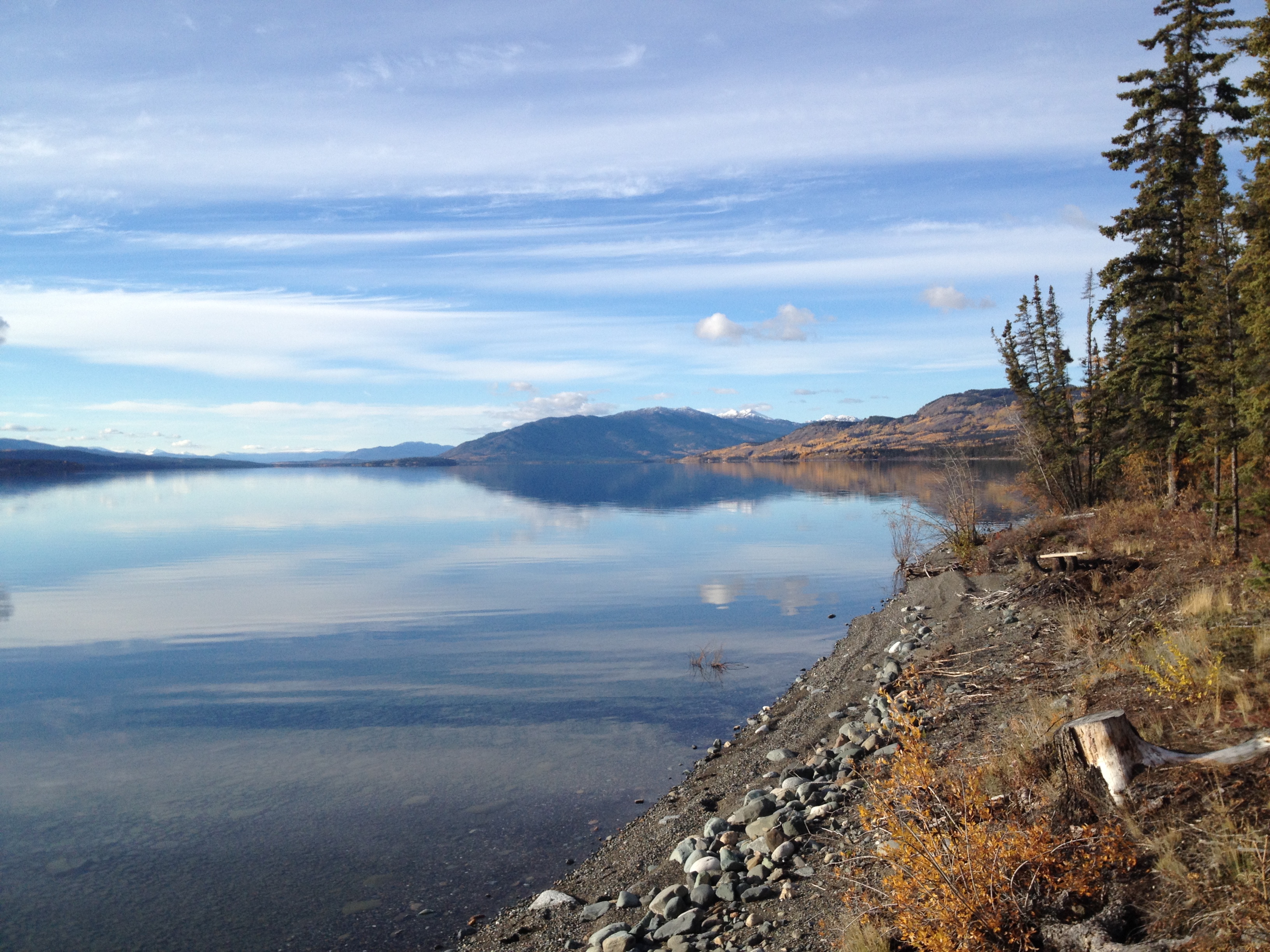Summer Water Levels on the Southern Lakes
News
Jun 19, 2014 CommentLevels in the Southern Lakes upstream from our Whitehorse Rapids hydro facility can vary greatly from year to year, depending on winter snowfall, summer rain, and summer temperatures (which affect the amount of glacial melt in the area). A hot, rainy summer, especially if it follows a winter with heavy snowfall, can mean potential flooding of properties in low-lying areas near Marsh and Tagish Lakes.
Yukon Energy is often asked what we can do to help prevent flooding of people's properties in the high water level years. There is a misconception that if we would only let more water through our Whitehorse dam or our Lewes Lake gates, there wouldn't be a flooding problem.
The truth is that under our water license, we must have all our gates open no later than May 15 of each year. That means that we hold no water back during the summer months, and we have no ability to increase the water flow from the Southern Lakes.
However what we can do is share our information with local residents about what we expect summer water levels to be like each year. This will help people prepare their property for possible flooding in high water years.
During the summer months (until the water levels peak and start to subside) we post regular charts on this blog that show current water levels. Here is the most recent chart for 2014, with actual water levels to June 16th. As you can see, it looks like this summer will be a year of average to below average water levels, meaning we don't expect to see any flooding.

Comments
Be the first to comment